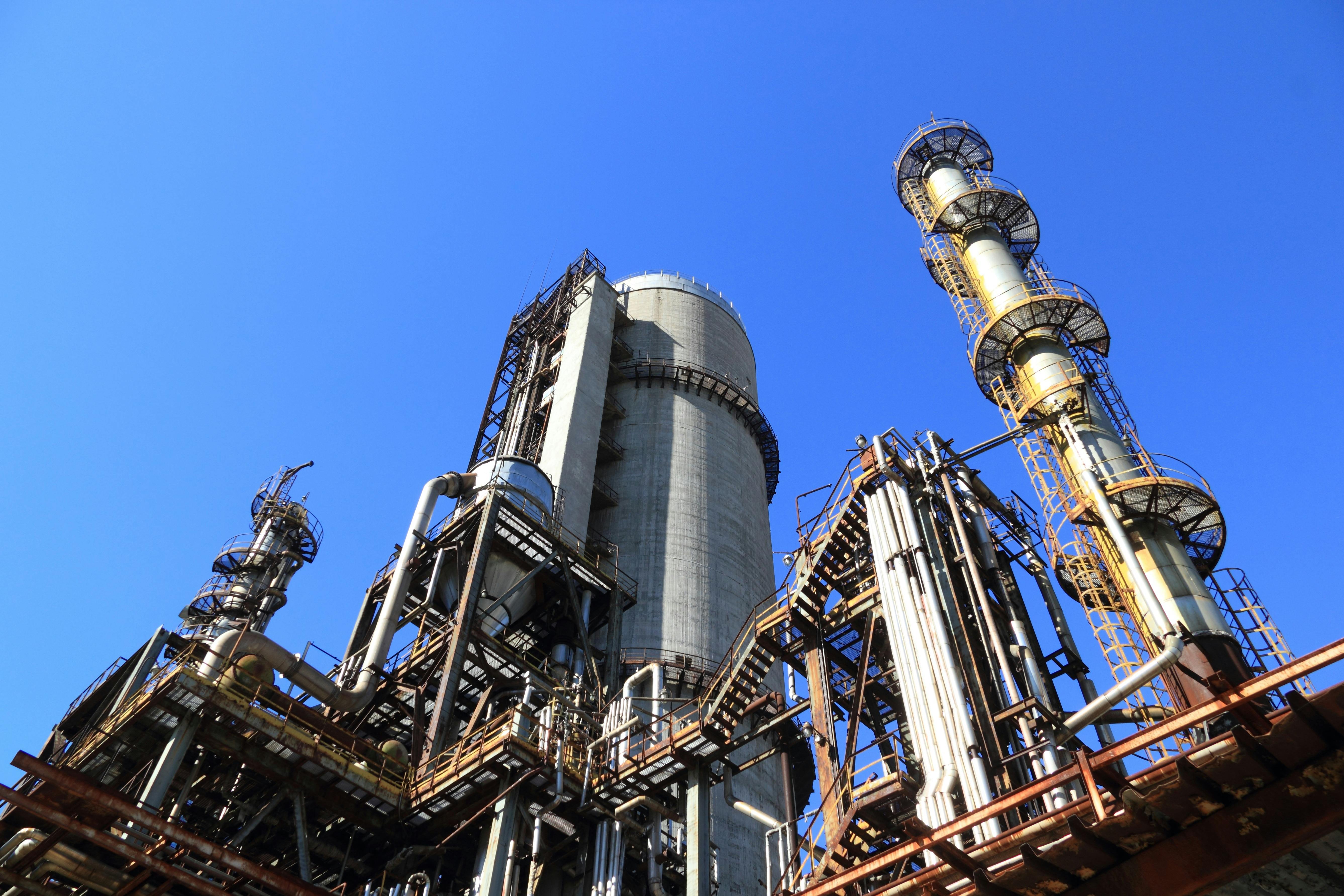Global Energy Industry Chain Structure and Development Trends
The energy industry serves as the core driving force of the global economy, with a vast and complex industrial chain that encompasses the entire process from resource development and energy conversion to end-use applications. Driven by climate change, energy security, and technological innovation, traditional fossil fuels and emerging renewable energy sources are increasingly intertwined, gradually reshaping the global energy landscape. In this context, the energy industry chain is not merely an extension of supply chain management but also a critical nexus connecting policy, finance, technology, and markets. A comprehensive understanding of its upstream and downstream structure, as well as its development trends, has become essential for evaluating energy transition and industrial competitiveness.
Published: Aug 22, 2025

Photo by https://www.pexels.com/zh-tw/photo/257700/
Upstream: Energy Resource Development and Supply
This stage focuses on the exploration, extraction, and primary processing of natural resources, forming the foundation of the energy industry.
Conventional Energy
- Oil and Gas:Exploration, drilling, extraction, and primary fractionation.
- Coal: Mining and coal washing.
New Energy
- Renewables:Silicon wafer production for solar power, wind resource assessment, hydropower planning, and biomass feedstock cultivation and collection.
- Hydrogen:Hydrogen production pathways (electrolysis of water, natural gas reforming, industrial byproduct hydrogen).
Key Equipment and Services: Exploration tools, extraction machinery, oilfield/gas field engineering, geological services.
Midstream: Energy Conversion, Processing, and Distribution
At this stage, raw resources are transformed into usable energy and distributed through pipelines, grids, and transportation networks.
Conventional Energy Processing
- Petroleum refining (gasoline, diesel, petrochemical feedstock).
- Natural gas liquefaction (LNG) and compression (CNG).
- Coal gasification and coal-to-liquid processes.
New Energy Conversion
- Solar Power:Wafer slicing, solar cell production, and module assembly.
- Wind Power:Turbine design, blade manufacturing, and wind farm construction.
- Hydropower and Energy Storage:Pumped storage, lithium-ion batteries, and hydrogen storage.
Distribution Systems
- Oil and natural gas pipelines, as well as liquid transport vessels.
- Power grids (ultra-high voltage transmission, smart grids).
- Energy storage and dispatch systems (batteries, hydrogen, microgrids).
Downstream: Energy Applications and Consumption
At the downstream stage, energy flows into various industries and everyday life, driving economic activity.
- Industrial Sectors:Steel, petrochemicals, cement, semiconductors, and other energy-intensive industries.
- Transportation:Internal combustion engine vehicles, electric vehicles (EVs), hydrogen fuel cell vehicles (FCEVs), as well as aviation and marine fuels.
- Buildings and Households: Power supply, HVAC systems, lighting, and smart home applications.
- Emerging Applications:
- Data centers (AI and high-performance computing energy demand).
- Microgrids and distributed energy systems.
- Carbon capture, utilization, and storage (CCUS).
Supporting Industries and Services
Beyond the core value chain, the energy industry relies on a wide range of support systems:
- Engineering and Technical Services:EPC (Engineering, Procurement, and Construction), equipment manufacturing, and software monitoring.
- Financial and Policy Support:Energy trading markets, carbon trading, subsidy policies, and green finance.
- Testing and Certification:Energy efficiency testing, environmental compliance certification.
Development Trends of the Energy Industry Chain
- Decarbonization:Transition from fossil fuels to renewable energy and hydrogen.
- Digitalization and Smart Systems:Leveraging data analytics, AI, and IoT to build smart grids and enhance energy efficiency.
- Decentralization:Transition from centralized power generation to distributed and community-based energy.
- Cross-Sector Integration:Deep integration of energy with manufacturing, transportation, and ICT (e.g., vehicle-to-grid V2G systems).
- Sustainable Finance:ESG initiatives and carbon trading driving new investment dynamics in the energy sector.
Published by Aug 22, 2025



.jpg)









.jpg)
.jpg)